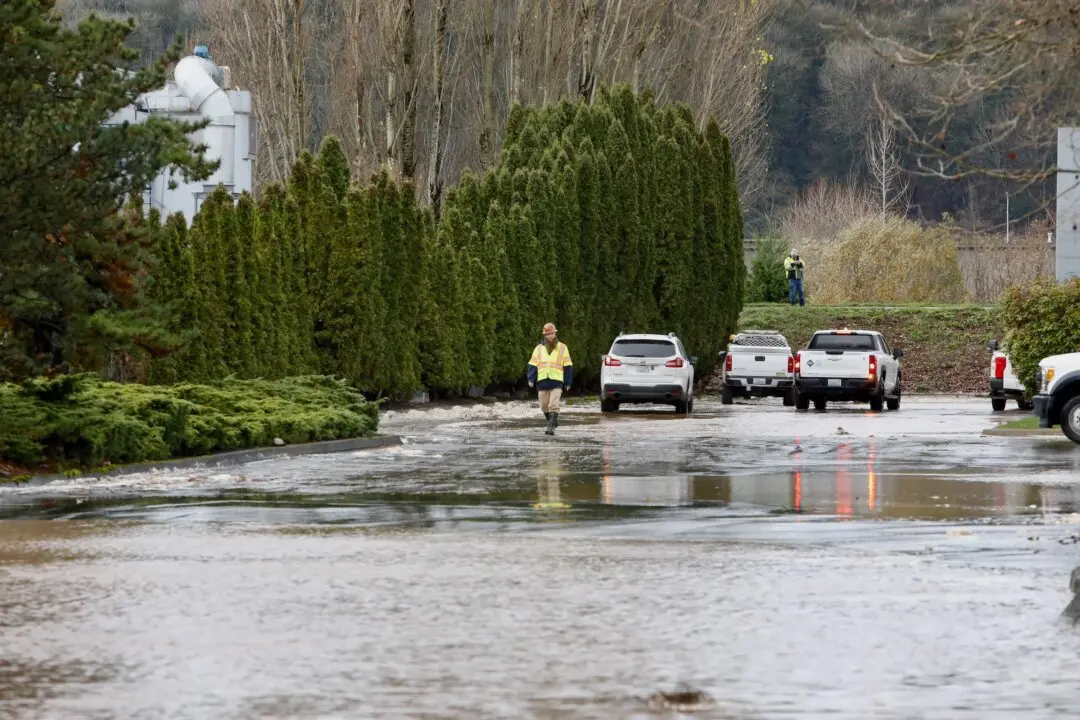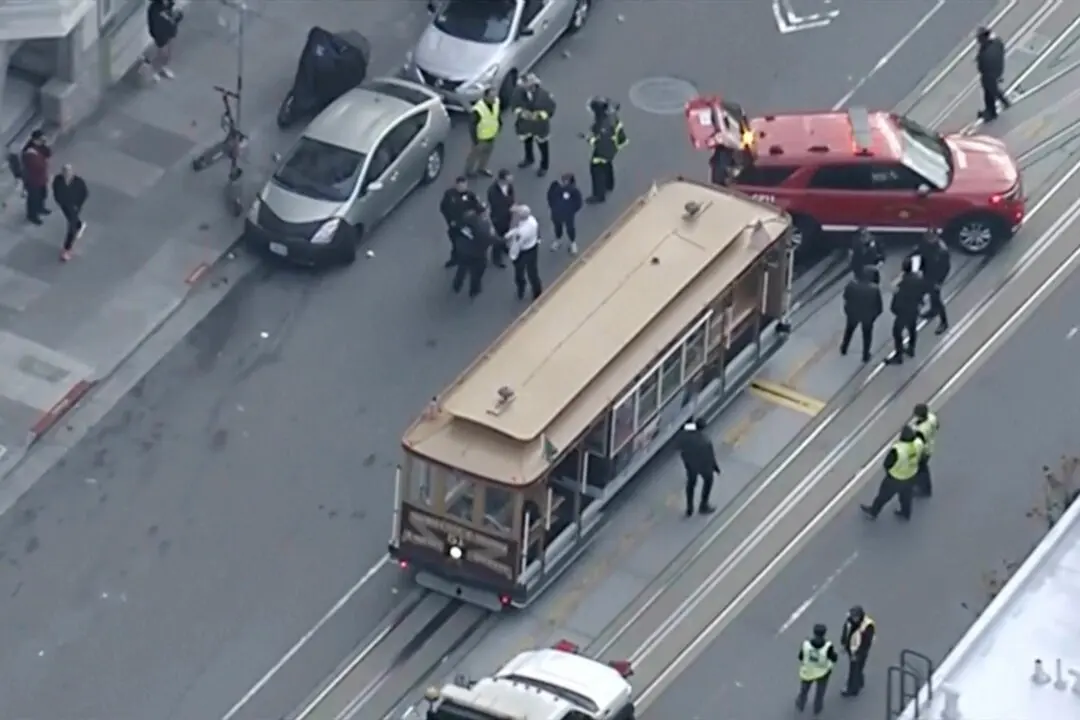NEW YORK—Deep in the bedrock 15 stories below the famous Grand Central Terminal, a cavernous construction site is slowly, and expensively, taking shape as a commuter rail hub that will accommodate more than 150,000 passengers a day.
East Side Access has been dogged by massive cost overruns and delays since construction began nearly a dozen years ago. But Gov. Andrew Cuomo has brought in a manager who is focused on bringing the $11 billion project to completion by a new deadline in four years.





